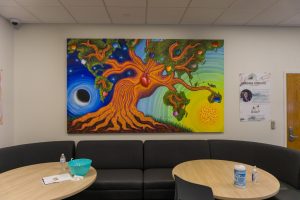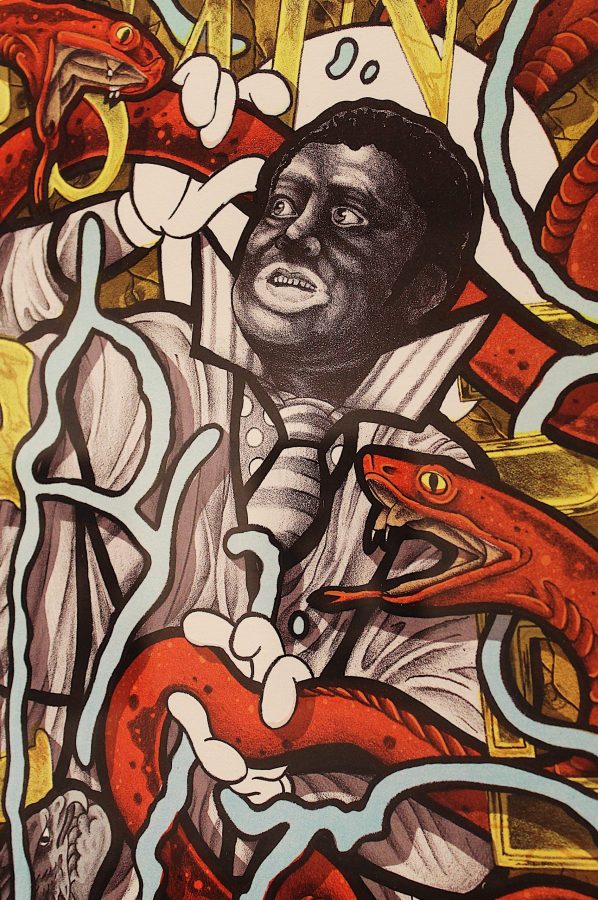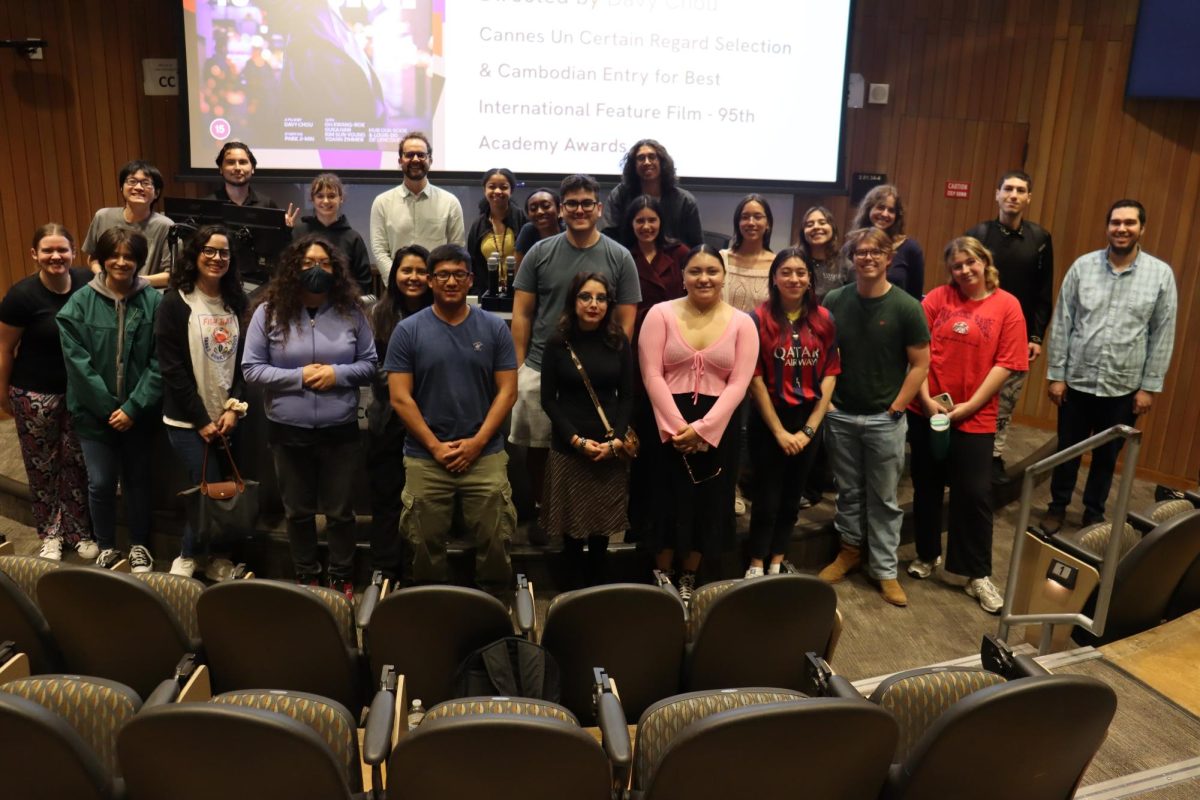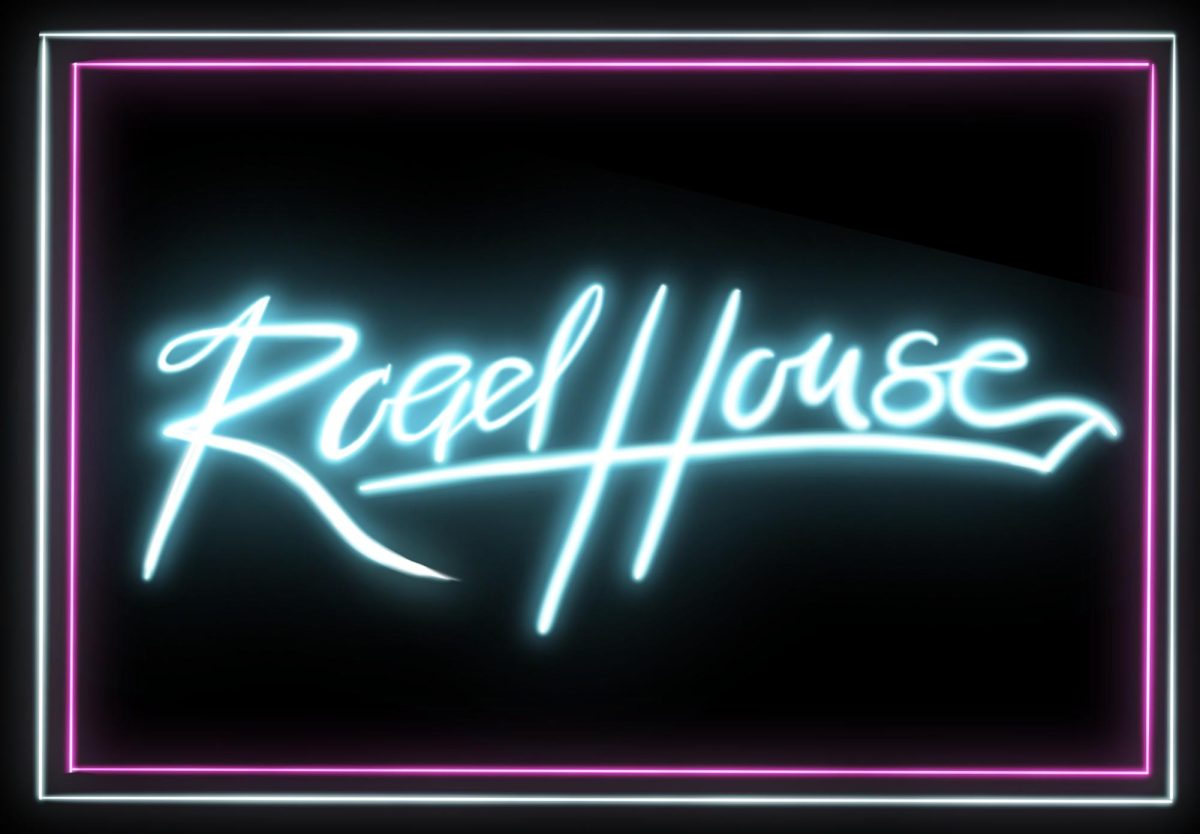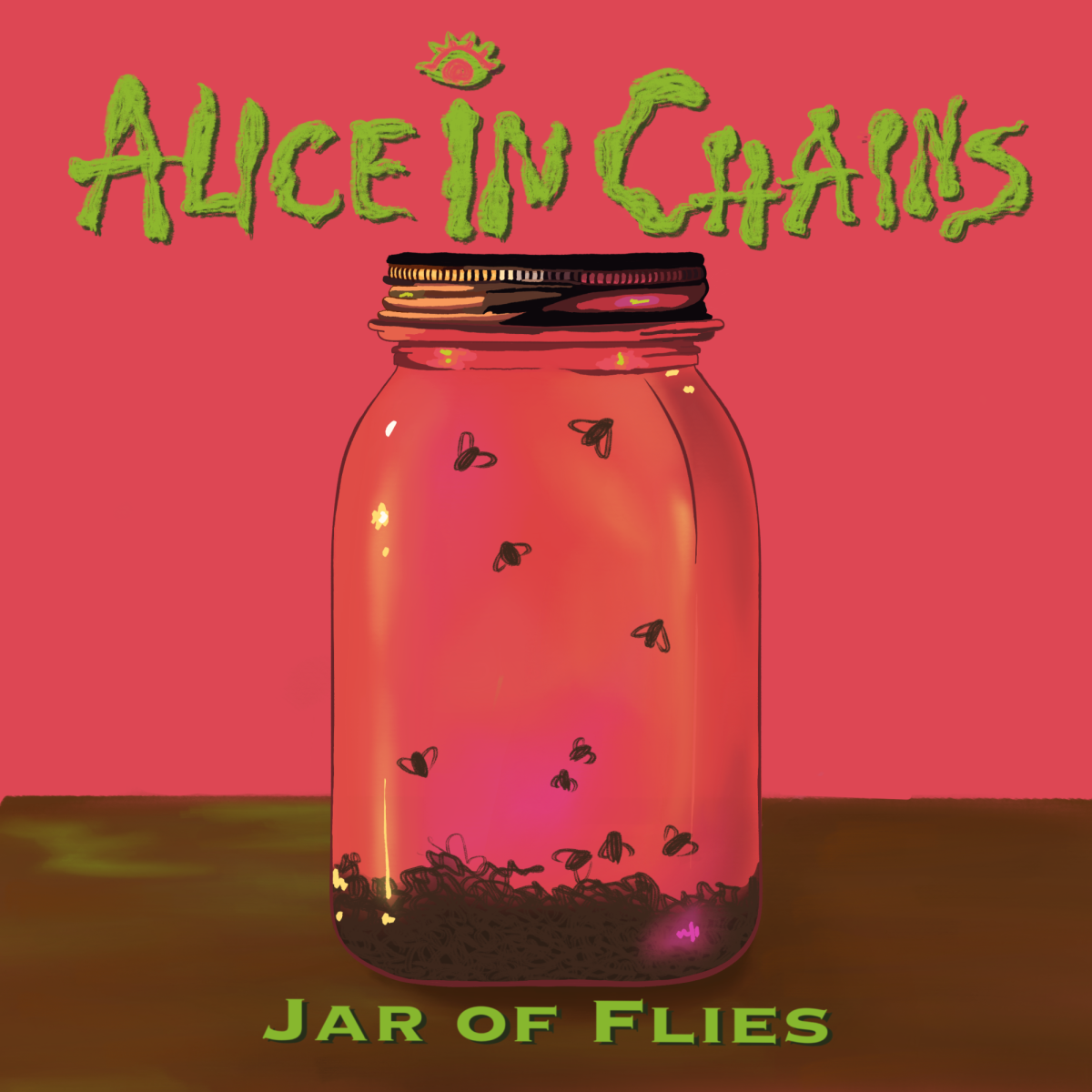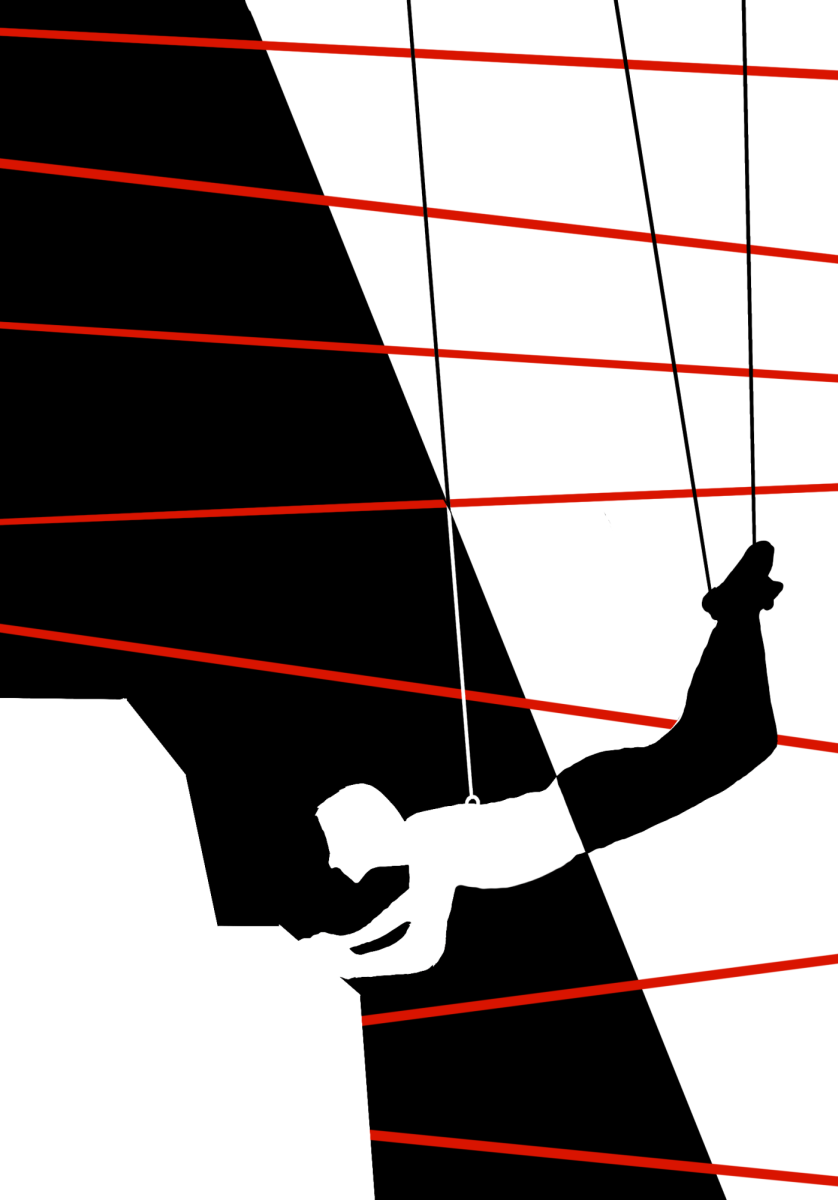Currently on display in the UTSA Main Art Gallery, “ACTIVATE” is the latest exhibition hosted by the Department of Art and Art History. Curated by assistant professor of art, Humberto Saenz, the exhibition showcases seven national artists. The featured works collectively create an ensemble of resounding artistic perspectives and interpretations of sociopolitical concepts including cultural identity, racism and displacement.
Artists Miguel Aragon, Aaron S. Coleman, Sandra Fernandez, Annalise Gratovich, Marco Hernandez, Kristin Powers Nowlin and Patricia Villalobos Echeverria explore the history and consequences of social injustice across many cultures. Simultaneously, each of the artists uniquely challenge their viewers to consider the lives of people who have been historically (and continuously) marginalized.
“My idea for the show is for the artwork to activate people’s minds and beliefs into doing something about political or social issues,” Saenz said.
“ACTIVATE” blends contemporary ideas with old and new subject matter. Artist Aaron S. Coleman’s satirical prints portray religious and historical figures barraged with emphatic comic book texts and graphics. Coleman takes the narrative even further by defacing the figures with red noses, four-fingered cartoon gloves and blackface. Coleman adds satire and contemporary concepts to traditional figures of fine art in order to capture the shortcomings of society’s current state; aristocratic, conservative institutions entrapped in their inability to progress from their prejudiced philosophies.
Similarly to Coleman, artist Marco Hernandez contrasts historical and contemporary concepts. As a Mexican immigrant raised in California, Hernandez is interested in contemporary Mexican-American identity. In his etching “Regando el Maiz y el Nopal,” Hernandez portrays an ancient setting of Mesoamericans watering their corn and cacti with water guns–yes, like Super Soakers. Hernandez’ work brings modern imagery into an unlikely traditional setting in order to capture the continuing fusion of Mexican and American cultures.

While “ACTIVATE” takes a retrospective look into the history of sociopolitical issues of America and various cultures, Saenz does not hide the other outspoken artists who also have their own dissatisfaction for the social injustices of our time. Saenz commented, “I was looking for artists who were invested in the very personal topics that they were trying to portray.”
Artist Sandra Fernandez focuses her work on the tragedies of recent events along the Mexican-American border. Fernandez’ various silkscreen works portray Mexican immigrants and their struggle to seek safety and security. Much of her work focuses on the ill treatment of migrant children. Similar to Coleman, Fernandez illustrates the hypocrisy of American ideals by bringing light to the products of America’s xenophobia.
While Fernandez highlights the tragedies in our own Southern-Texan backyard, artist Patricia Villalobos Echeverria’s 19-part print series, “Retazos/Remnants” record the violent political unrests in Nicaragua that have been left largely unreported by major news outlets. These unrests, as pictured in Echeverria’s grisly prints, are in response to the lack of democratic integrity of Nicaragua’s government. President Daniel Ortega’s authoritarian practices such as abusing immunity, quashing his own term limits, censoring the press and banning street protests have led to hundreds of Nicaraguan deaths.

Echeverria’s work represents a central theme of “ACTIVATE”: How we, the viewers, can sympathize with those deprived of rudimentary human rights, while living in a country that defines those same rights as “self-evident.”
As we celebrate UTSA’s semicentennial, we must not forget to reflect upon the last 50 years of our community, country and humanity. “ACTIVATE” is intended to foster difficult conversations amongst audiences. These discussions are difficult because they require a great amount of compassion and forces us to consider our own privilege as autonomous, sovereign individuals. Saenz’ exhibition challenges us to view humanity through the artists’ visceral and emotional perspectives. “I would like the audience to try and understand the point of view of the artists; how they approach their artwork and understand the world and community around them,” Saenz said.
The exhibition is free and open to the public Tuesday through Thursday from 10 a.m. to 4 p.m. The last day of the exhibition is Feb. 27. For more information about the event, go to art.utsa.edu/ACTIVATE.

